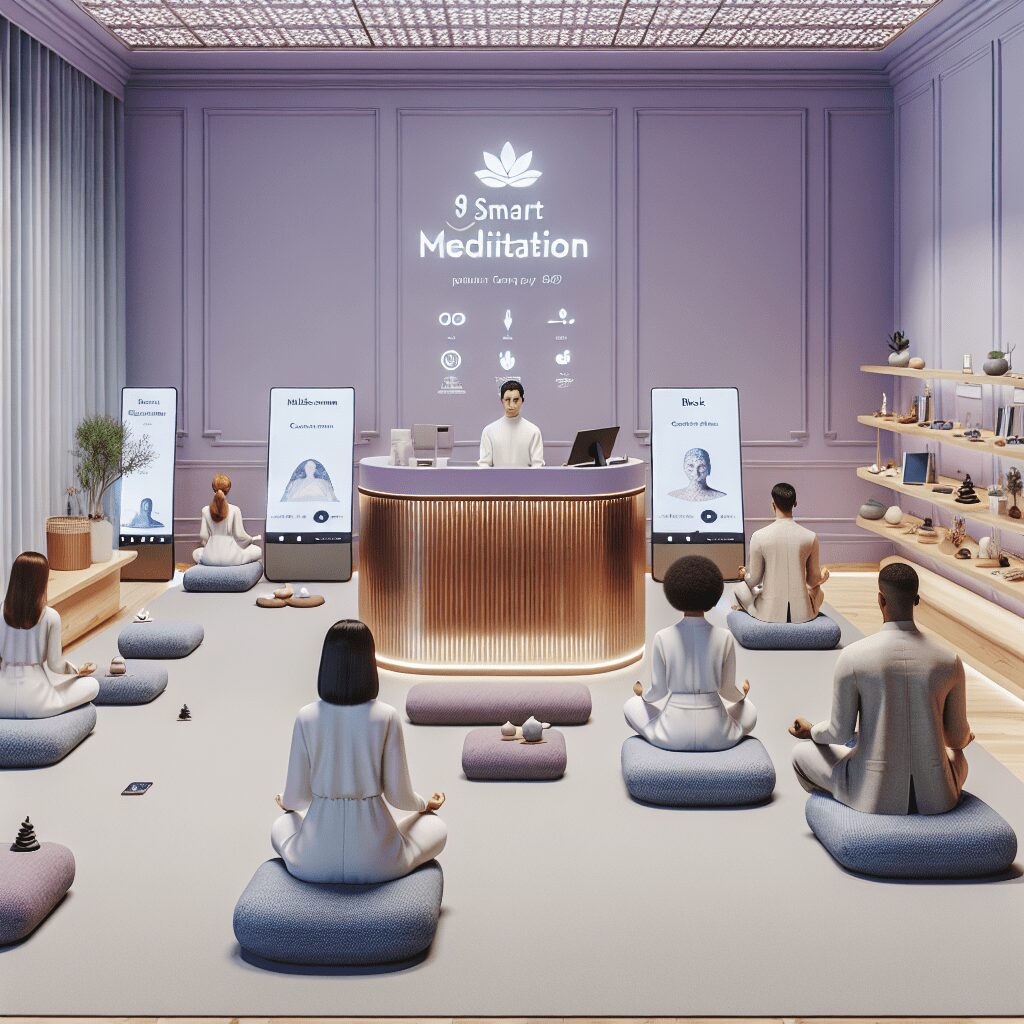
Prioritize your mental well-being daily. Enhance your life by nurturing your mental health with the Smart Meditation app. Break free from stress, alleviate anxiety, and enhance your sleep quality starting today.
What Is The Sound Of One Hand Clapping Is Known In Meditation Circles As A?
Unraveling the Enigma: The Zen Koan
Picture this: a serene, immaculately clean Zen garden, where the riddle of life’s mysteries feels one step closer to being solved. In the heart of these contemplative grounds, practitioners and spiritual seekers gather, endeavoring to transcend the ordinary and touch upon the profound. Among the numerous tools employed in this quest, one stands out for its simplicity and its challenge—the Zen koan. And perhaps, no koan is more famous or more puzzled over than the question, “What is the sound of one hand clapping?”
The Koan: A Portal to Deeper Understanding
A koan, in its essence, is a paradoxical anecdote, question, or statement used in Zen Buddhism to provoke enlightenment and foster deeper meditation. It’s meant to jolt the mind out of its habitual patterns of logical thought, leading the practitioner into a more profound, direct experience of reality. “What is the sound of one hand clapping?” serves as a prime example of this tradition. But what’s the deal? Why does this particular question capture the imagination and spiritual aspirations of so many?
-
It Defies Logic: At face value, the question is absurd. Clapping, by definition, involves two hands coming together. Yet, the koan isn’t interested in literal answers; it’s about pushing beyond conventional thinking.
-
A Tool for Awakening: When pondered deeply, the koan upends our reliance on intellectual understanding. It’s not uncommon for students to experience moments of sudden insight or satori (a glimpse of enlightenment) while wrestling with a koan.
-
Adaptability: While the koan is steeped in Zen tradition, its essence resonates across various meditation circles and spiritual practices. It transcends cultural and religious boundaries, speaking directly to the human experience of questioning and seeking.
So, how does one “answer” this koan? Well, therein lies the rub: searching for a straightforward answer misses the point entirely. The process—the earnest, open-hearted engagement with the question itself—is where the magic happens. It’s about embodying the inquiry, letting it percolate through your being, and observing what arises without attachment to finding a neat conclusion.
Beyond the Sound of One Hand Clapping
This koan, while simple, acts as a gateway to understanding the nature of mind and reality. It invites a shift from knowing to being, from thinking to experiencing. Here’s what a meditative journey through this koan might unfold:
-
A Break from Dualistic Thought: We’re wired to think in binaries—right/wrong, yes/no, here/there. Koans, by their nature, disrupt this mode, pointing us toward a more integrated understanding of existence.
-
Presence and Mindfulness: Engaging with a koan can bring an intense degree of present-moment awareness. It’s a practice not just of the mind but of the heart and spirit.
-
The Sound of Silence: Perhaps, in a moment of quiet, when the mind lets go of its need for an answer, one might just ‘hear’ the sound of one hand clapping. It could be an inner stillness, a peace beyond words, an understanding without understanding.
Diving into the world of Zen koans, especially the enigmatic query about one hand clapping, opens more than just intellectual curiosity; it’s an invitation to explore the depths of consciousness itself. While the journey might start with a question, it unfolds into a profound engagement with life’s inexhaustible mystery. And who knows? In that silent, vibrant space where questions dissolve, one might find what they didn’t even know they were seeking.




